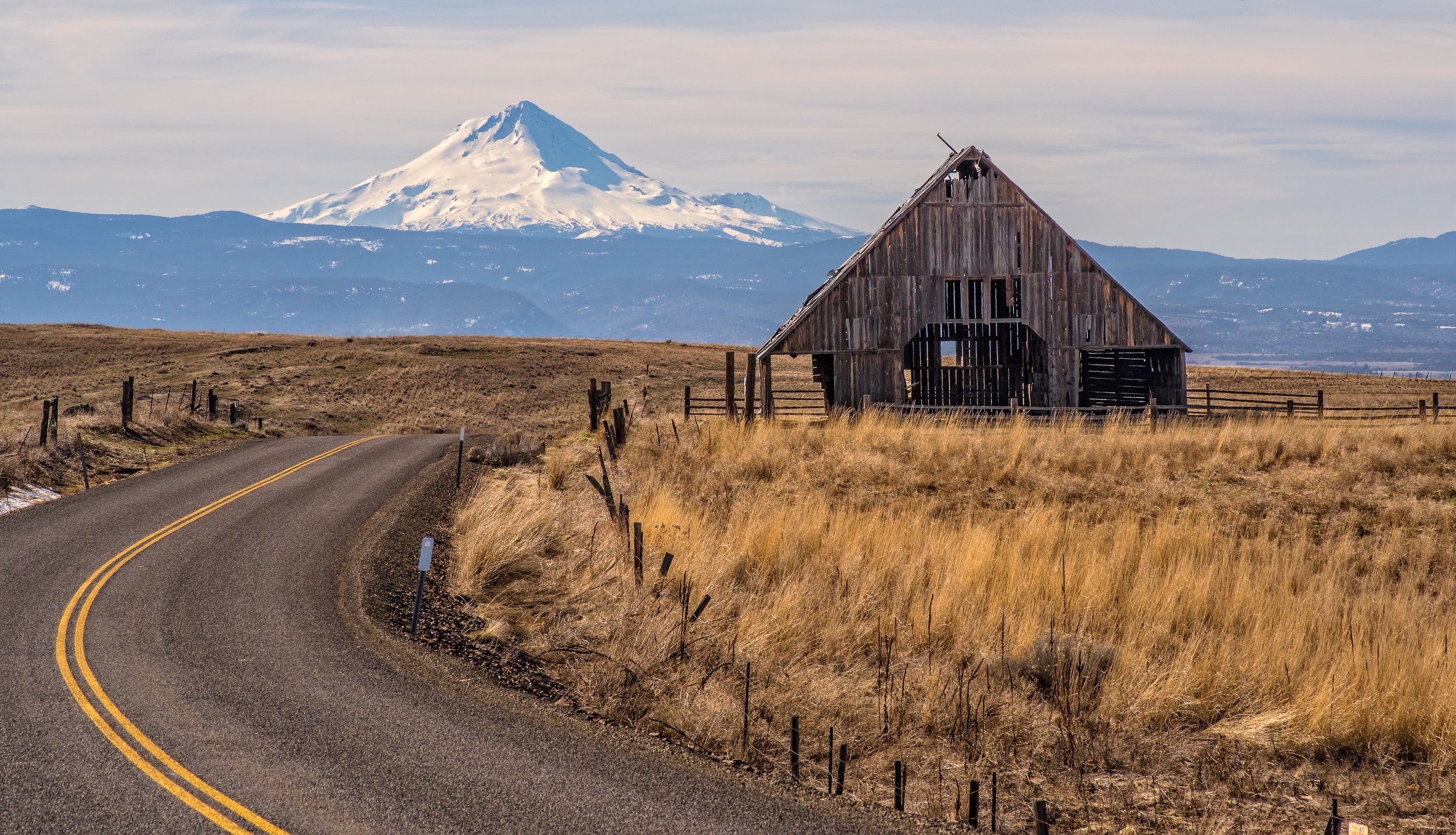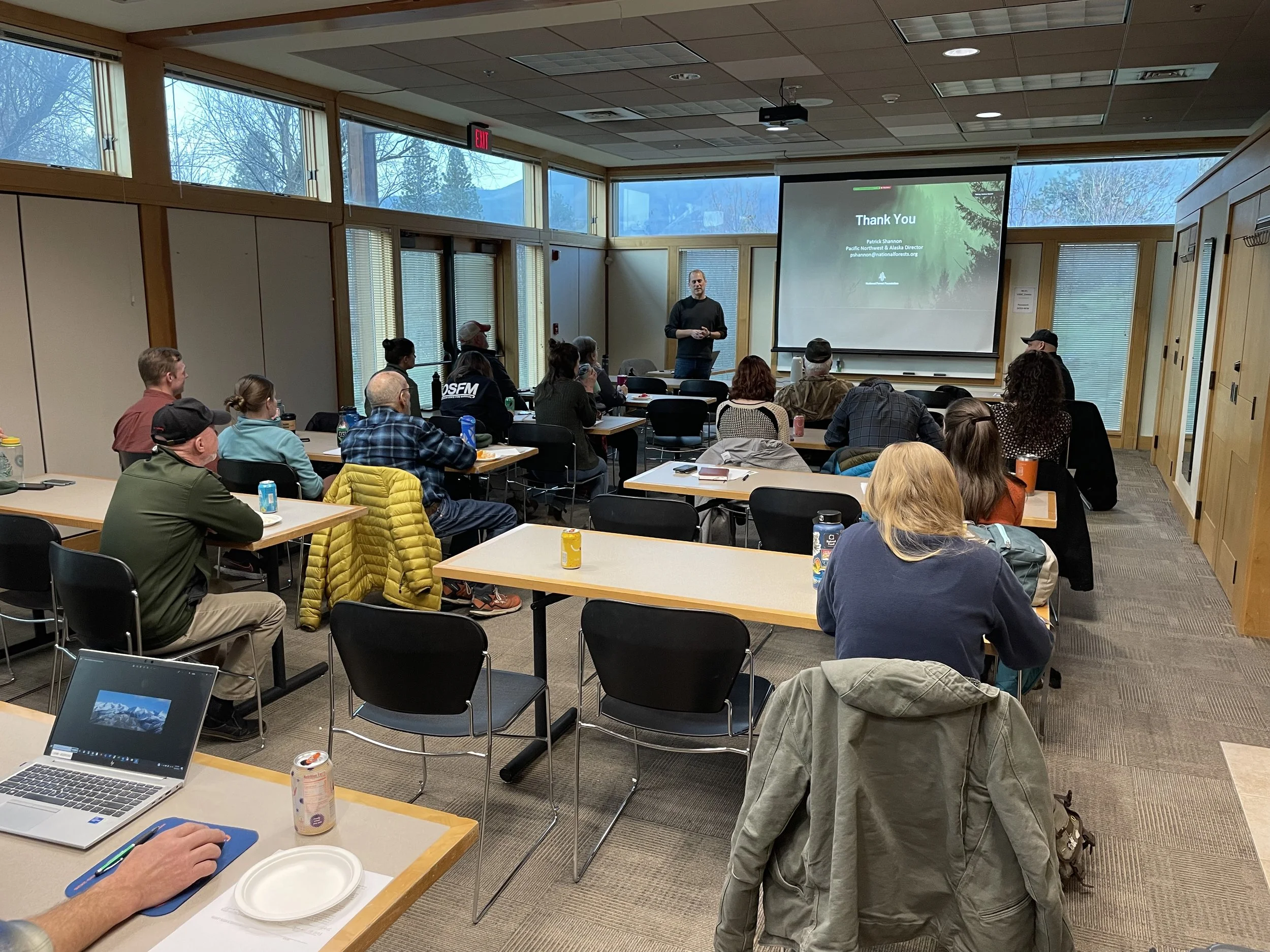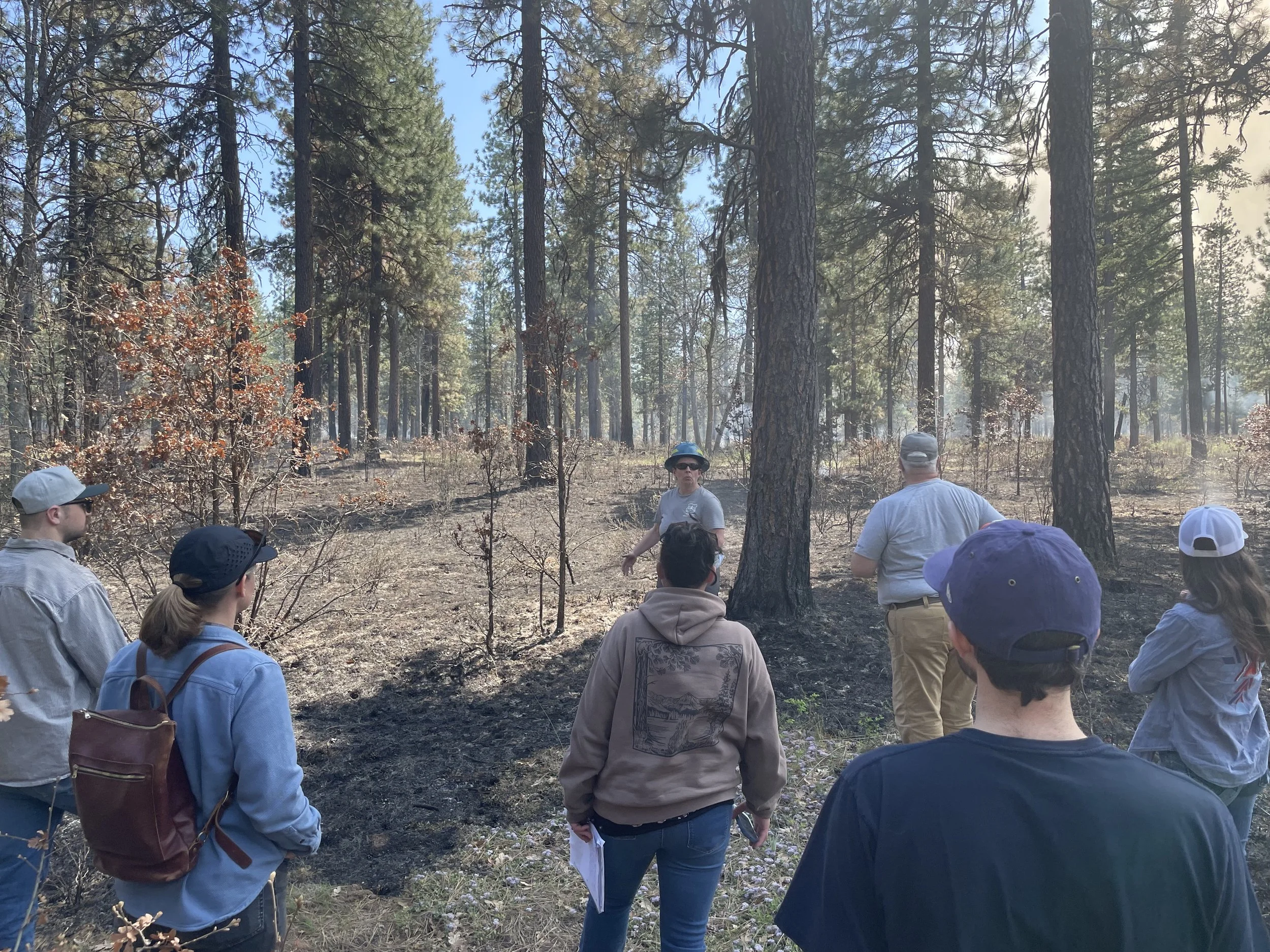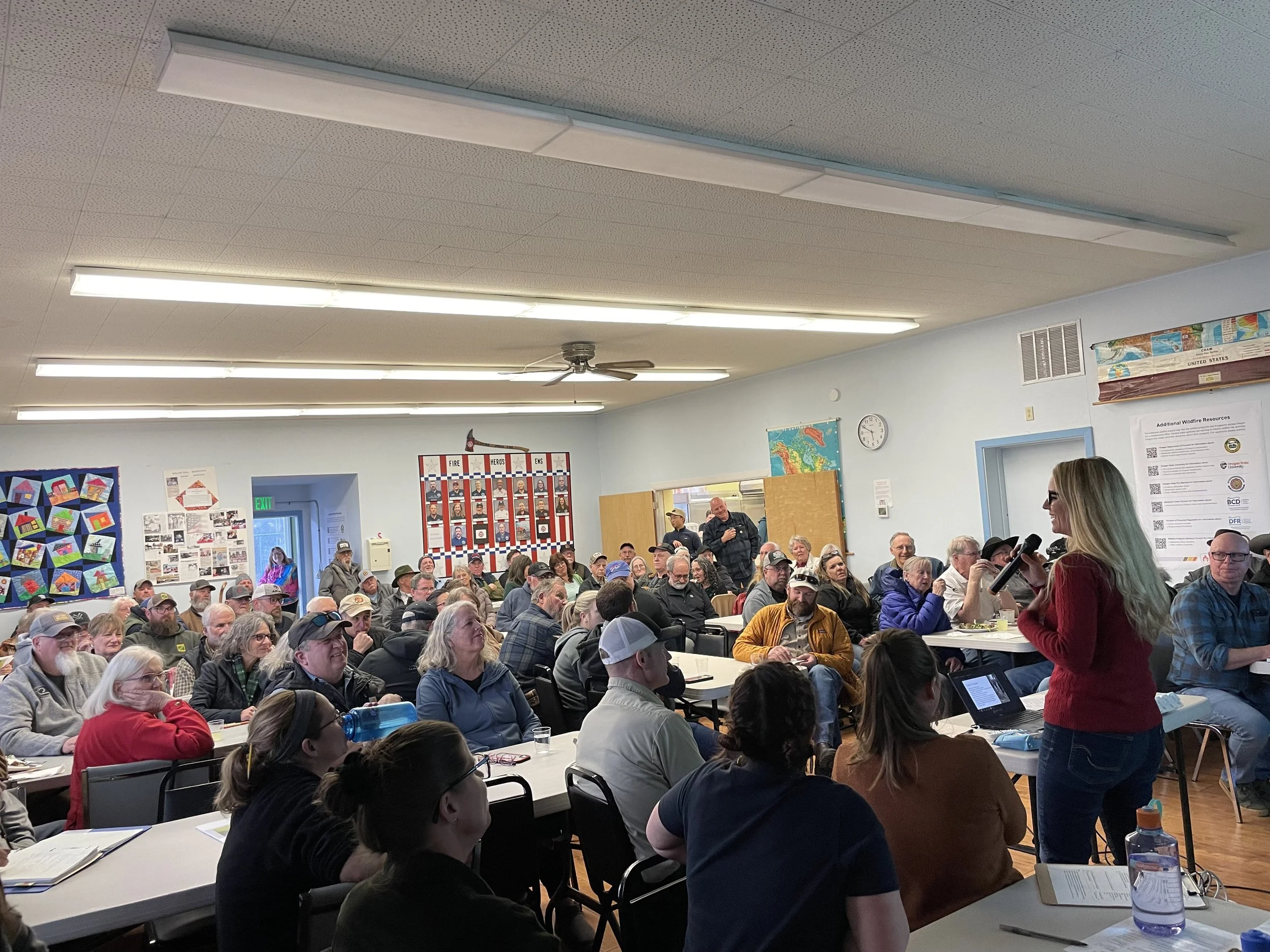
The Wasco County Forest Collaborative is restoring forest ecosystems and reducing wildfire risk across all-lands.
Our members live, work, and play in Wasco County. Together, we are advancing solutions to restore ecosystem health and reduce wildfire risk.
Our forests
Since time immemorial, indigenous people interacted with forests across Mt. Hood and Wasco County. The lack of “good fire” resulting from the loss of this indigenous land stewardship and a century of fire suppression led to unhealthy forest ecosystems. The forest ecosystems we see today are significantly altered and many of our forests are not resilient to drought, insects, and wildfire.
History
Pacific Northwest forests are iconic. Competing values over the management of public lands led to intense conflict, which came to a fever pitch in the early 1990s. The “timber wars” made clear that a new approach - one that bridged those competing values - was necessary to move beyond gridlock. In Wasco County, local partners came together in 2015 with a shared vision to restore Mount Hood’s forests and advocate for collaborative solutions that benefit people and nature. The collaborative continues to bring together people representing a diverse array of interests, including environmental non-profits, natural resource professionals, wood products businesses, and community members.
Photo (below) taken on June 30, 1934 looking south west from Dufur Ranger Station. Image courtesy of The Nature Conservancy.
How we work
The Wasco County Forest Collaborative leverages the collective expertise and local knowledge of our partners combined with leading scientific research to restore forests across all-lands and reduce wildfire risk to our communities. The collaborative has been involved in producing original research with Oregon State University College of Forestry and USDA Pacific Northwest Research Station. The collaborative conducts site visits to assess forest conditions and engages in multi-party monitoring to evaluate treatment effectiveness over time.
Our team
The Wasco County Forest Collaborative is led by a facilitator and 11-member Steering Committee. The Steering Committee members are appointed by the Wasco County Board of Commissioners and serve three-year terms.
Current Steering Committee Members:
Tribal – Antone Moody, Confederated Tribes of Warm Springs
Community Wildfire Protection – Kristin Dodd, Oregon Department of Forestry
State Agency – Chase Brown, Oregon Department of Fish and Wildlife
Private Landowner – Larry Magill, Wamic Rural Fire Protection District
Water Resources – Pat Davis, White River Watershed Council
Recreation and Tourism – Kathy Long, Northern Oregon Motorcycle and ATV Club
Local Government – Ryan Bessette, Wasco County Soil and Water Conservation District
Environmental – Jordan Latter, Bark
Forest Products – Jon Paul Anderson, WKO/High Cascade Inc.
At-Large – Rich Thurman, Retired Wildlife Biologist
At-Large – John Nelson, School District 21 Board Member
Wasco County Forest Collaborative Facilitator, Andrew Spaeth







